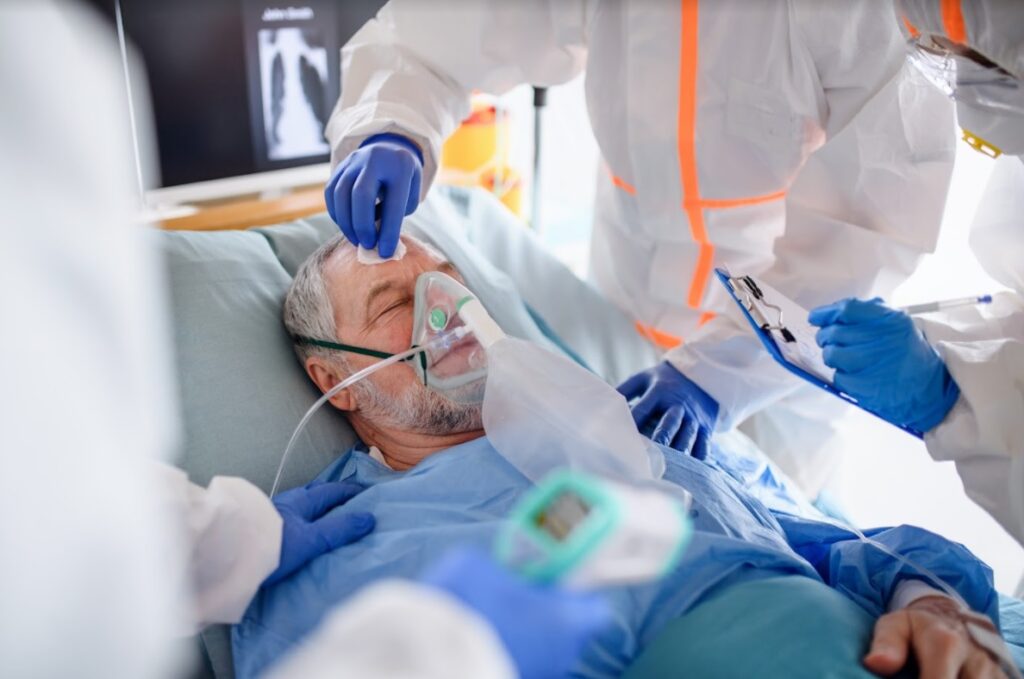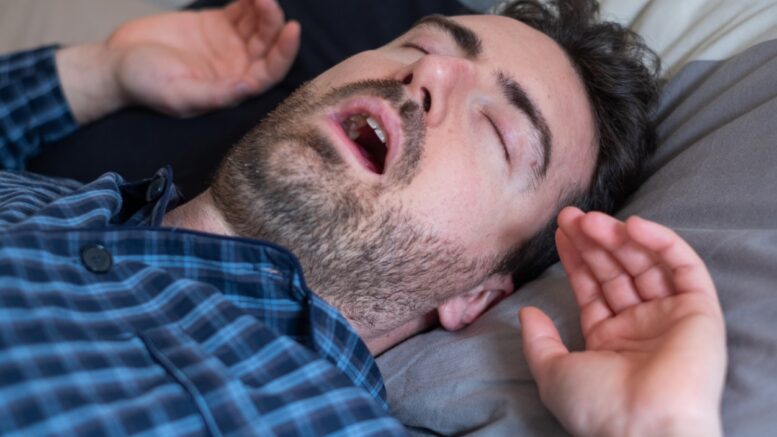Sleep apnea is a sleep disorder that causes abnormal breathing, often with prolonged pauses. These breathing lapses can impact the quality of sleep and the body’s oxygen supply.
There is increasing evidence that sleep apnea may increase the risk of serious health issues like hypertension, heart disease, diabetes, and hypertension. Moreover, a 2021 study found sleep apnea was associated with the risk of developing severe coronavirus disease 2019 (COVID-19), resulting in hospitalizations and even deaths.
Obstructive Sleep Apnea (OSA)
The 2021 study reveals that obstructive sleep apnea (OSA) is a common type caused by the throat muscles relaxing, which closes or narrows the airway. The brain senses breathing problems and awakens the body to open the airway, making patients snort, gasp or cough during sleep.
Sometimes, it can be difficult to tell if someone has sleep apnea. According to durango dentist experts, the most common symptoms experts observe are:
- Frequent and loud snoring
- Episodes where a person stops breathing while they sleep
- Gasping for air during sleep
- Insomnia
- Excessive daytime sleepiness
- Dry mouth when you wake up
Both children and adults are at risk for OSA. However, certain factors can significantly increase the risk. These are:
Excessive Weight
Excessive weight is associated with sleep apnea. Fat deposits around the neck may make the airway narrower when lying down.
Genetics
Sleep apnea can also be caused by genetics, passing down from one generation to the next.
Alcohol or Sedative Use
Drinking alcohol or using sedatives relaxes the throat muscles, increasing the likelihood of sleep apnea.
Smoking
Smoking can increase the severity and inflammation of sleep apnea.
COVID Risk Factors
Sleep apnea is the most significant risk factor for COVID-19. The risk of severe COVID-19 is higher for older adults 65 years and over. The risk also increases if a person has any underlying medical conditions.
Some of the conditions listed by the Centers for Disease Control and Prevention that increase the risk of severe COVID include:
- Diabetes
- Cardiac disease
- Hypertension
- Overweight and obesity
- Asthma
- Pulmonary disease
Identifying COVID risk factors is vital in stopping its spread. You should consult your trusted doctor for the best advice on protecting yourself from COVID-19 if you have some of these risk factors.

What is the Relationship Between Sleep Apnea & COVID-19?
Studies are yet to show how patients with sleep apnea are more likely than others to turn positive for COVID-19. Unfortunately, patients with sleep apnea or other breathing problems may increase the severity of COVID-19, increasing the risk of hospitalizations and even death.
The Cleveland Clinic study found that adults with breathing disorders who tested positive for COVID-19 had severe complications and poor clinical outcomes. Researchers suggested that OSA screening is beneficial since it’s a good way to identify individuals at high risk for severe COVID-19 infections.
Patients must take greater measures to manage sleep apnea during the COVID-19 pandemic.
Oral Appliance Therapy, Sleep Apnea, and COVID-19
Oral appliance therapy (OAT) is an effective treatment for OSA in a community with higher risk factors for COVID-19-related contamination. OAT is considered a first-line treatment that reduces the chance of saliva spreading and air leaving by keeping their mouths shut.
What is Oral Appliance Therapy?
Oral appliance therapy, a non-surgical treatment for apnea using custom-fitted appliances, is an alternative to surgery. It looks similar to a retainer that helps patients with mild to moderate obstructive sleep apnea keep their airways open. Oral appliance therapy also has other benefits, including:
- A better alternative to a mask that does not increase the risk of spreading viral particles
- Comfortable and easy to put on
- It is easy to clean and disinfect
- It can be used while traveling
- You don’t need electricity
- Beneficial for claustrophobic patients
OATs come in different types, each designed to treat a specific type of sleep apnea. The three types of oral appliances are:
1. Mandibular Advance Devices (MAD)
This dental device moves the lower jaw gently forward and down to prevent the tissues and airway from being blocked by the throat and mouth.
2. Tongue Retaining Devices (TRD)
Tongue retaining devices keep the tongue in its place and prevent it from blocking the airway.
3. Hybrid Device
It is a combination mandibular advancement device and tongue retention device. It moves the tongue neutrally and forces the jaw forward.
Ask your doctor which oral appliance therapy will best help you with sleep apnea and COVID. Your doctor might need to evaluate your situation and recommend the best appliance to solve your sleep apnea.
Key Takeaway
Sleep apnea is a risk factor for severe COVID-19 that can result in hospitalization and death. It is a sleep disorder where muscles relax and make the airways narrow. It can make someone stop breathing, causing the body to wake up and interrupt their sleep to breathe again.
One way to keep you safe from sleep apnea and severe COVID-19 is through oral appliance therapy, which helps patients keep their airways open, reducing sleep interruptions and other health problems caused by insufficient sleep.
